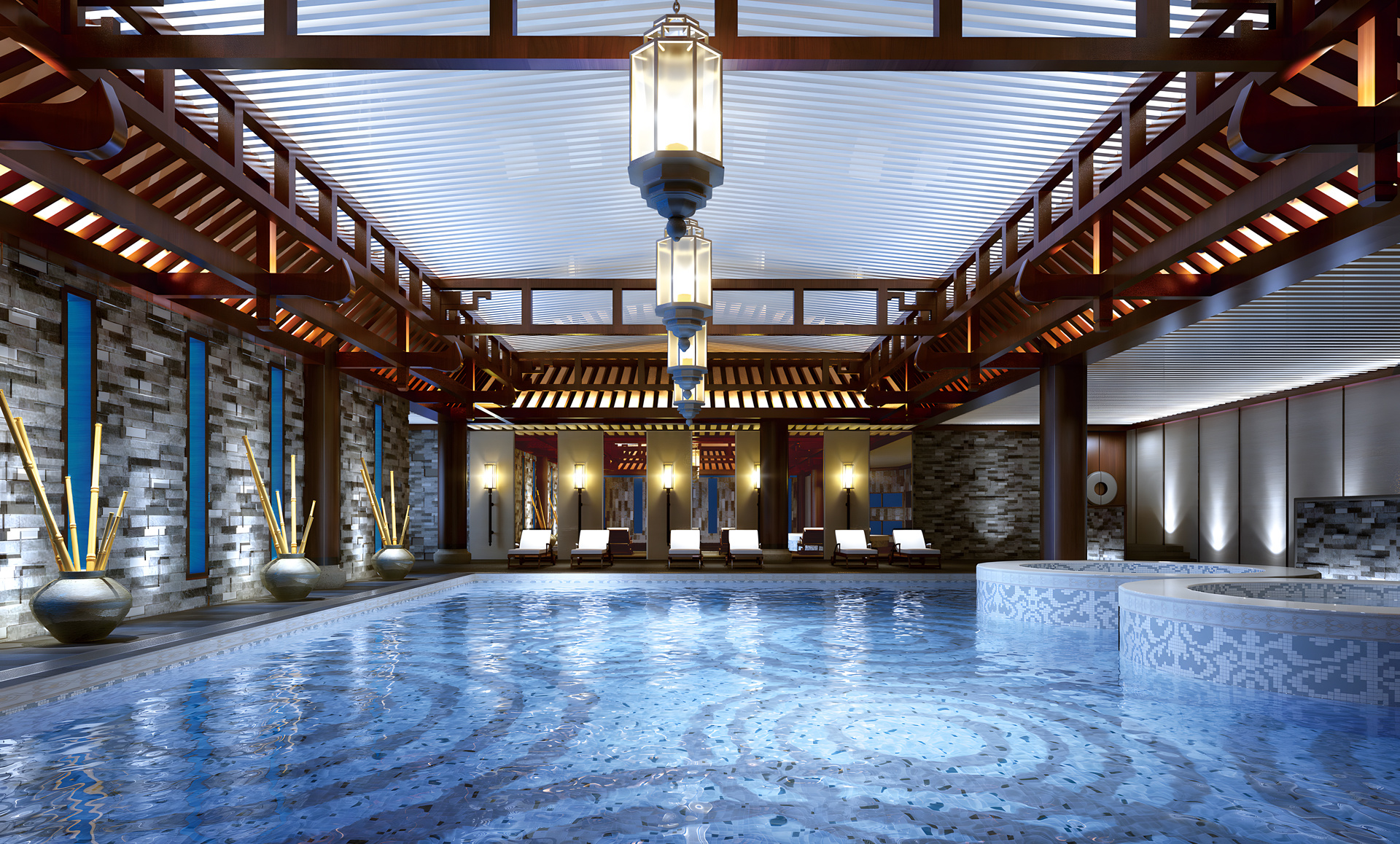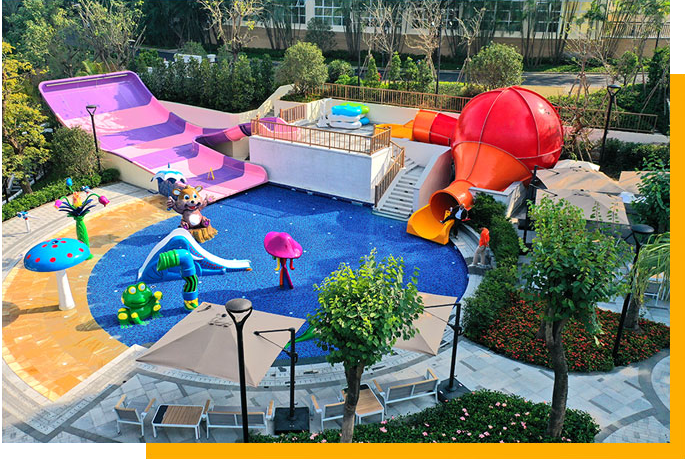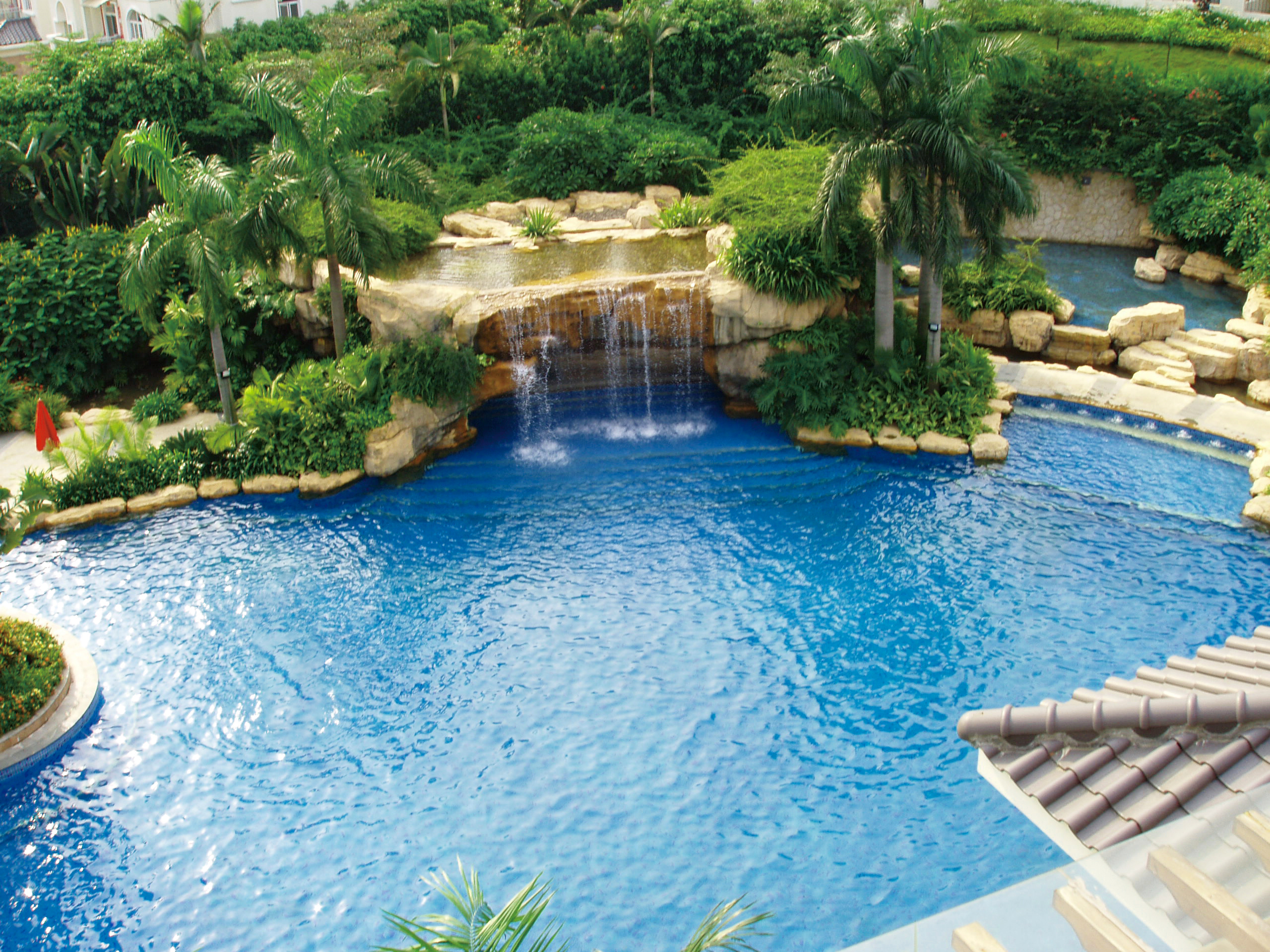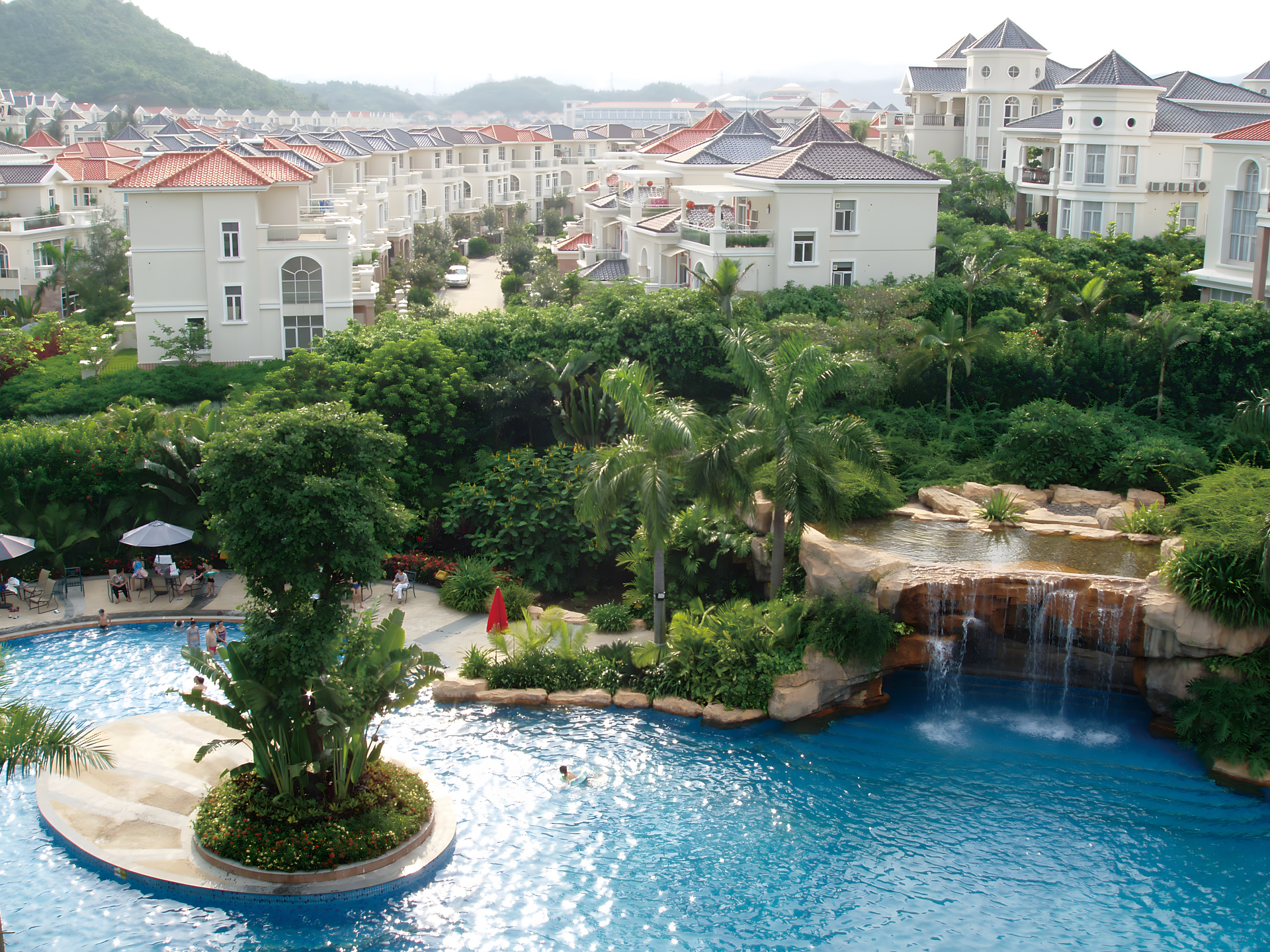Swimming pool water treatment principles
Published:
2025/04/24
Swimming pool water treatment principles

Swimming Pool Water Treatment Principles
Currently, swimming pool water treatment technology has been greatly improved, gradually improving the water quality of swimming pools. To ensure the safety of swimmers, it is recommended that swimming pool managers must understand the principles and methods of swimming pool water treatment.
-Swimming Pool Equipment- Swimming pool engineering technology has its own characteristics and requires specialized swimming pool technology, equipment, and chemicals. These have given rise to a highly specialized swimming pool water treatment industry, specifically reflected in:
1. The circulation, filtration, and disinfection of swimming pool water is a process of water reuse. Pool water is repeatedly recycled, meaning that the filtered water (regardless of the filtration precision and purity) is continuously fed into the unfiltered pool water containing pollutants, so that the mixed pool water meets hygiene standards. Then, the continuously polluted pool water is continuously circulated, filtered, clarified, and disinfected; at the same time, due to pollutants from swimmers and the surrounding environment, as well as bacteria and algae produced in the pool continuously polluting the water quality; circulation, filtration, disinfection, clarification, and pollution are in a dynamic balance. This dynamic is reflected in the instability of the number of swimmers, fluctuations in pool water temperature, changes in the amount of chemical agents added, changes in circulation flow, and so on.
The characteristics of physical swimming pool water treatment are circulation and filtration, while other water treatment projects rarely consider issues such as circulation and cycle time, as well as the location distribution of water supply and return inlets, to ensure uniform water flow distribution, avoid dead water zones, and shorten the water flow path -Swimming Pool Equipment-
3. The persistence and instability of pollution sources require continuous filtration and disinfection. Physical and chemical water quality treatment should be carried out simultaneously. It is also necessary to pay attention to the reasonable selection and arrangement of pool structure and circulation methods, as well as swimming pool-specific equipment and accessories.
4. Ensure that swimming pool water treatment is safe, hygienic, economical, scientific, reliable, low-carbon, environmentally friendly, and sustainable, while also considering the different requirements and functions of other poolside equipment, lighting equipment, etc. -Swimming Pool Equipment-
In swimming pool engineering technology, in addition to its own professional theories, technologies, equipment, and practices, general water treatment theories and technologies are also widely used in swimming pool engineering practices. For example, adding chlorine at inflection points, blue saturation coefficient, and even the skewed distribution of characteristic values of suspended particle motion, etc.
Guangzhou Huidi is not only a professional swimming pool equipment supplier but also a professional hot spring engineering service provider integrating design, planning, and construction. We are committed to "quality first" and provide customers with the highest quality service from beginning to end.
keywords
Previous
Previous
Let's collaborate to build a better future together!
Shop 1, 2, 3, No. 31 Nan'an Road, Nanyuan Street, Liwan District, Guangzhou City
Copyright © 2025 Guangzhou Huidi Swimming Pool Spa Equipment Co., Ltd 丨 SEO





